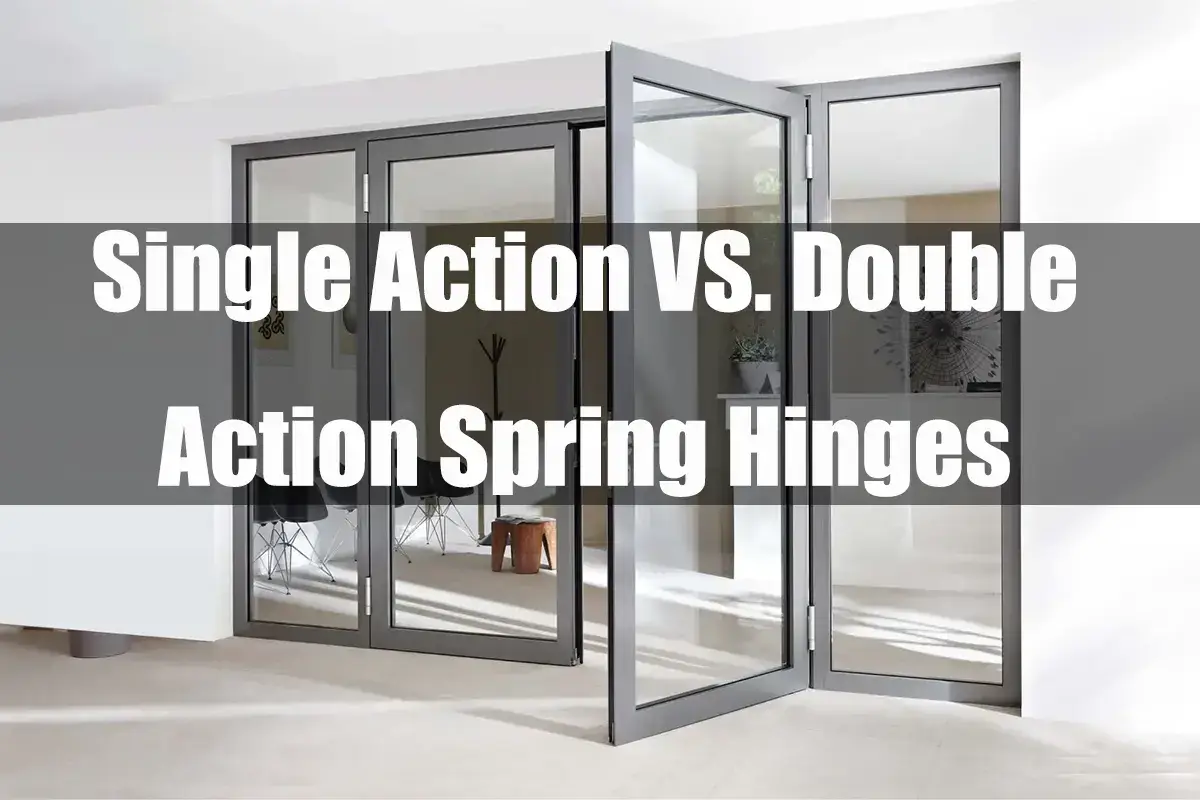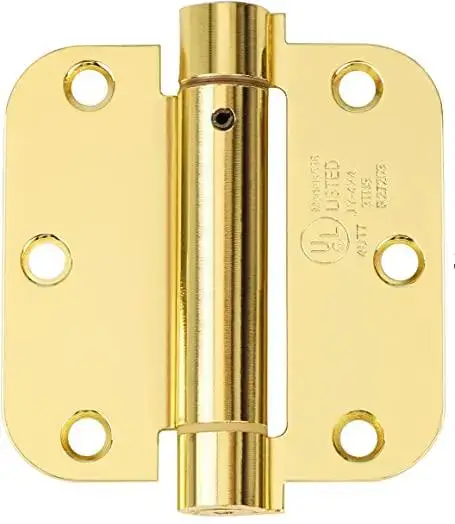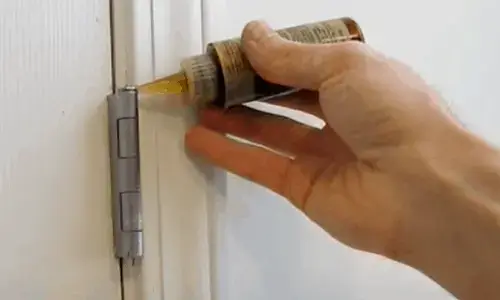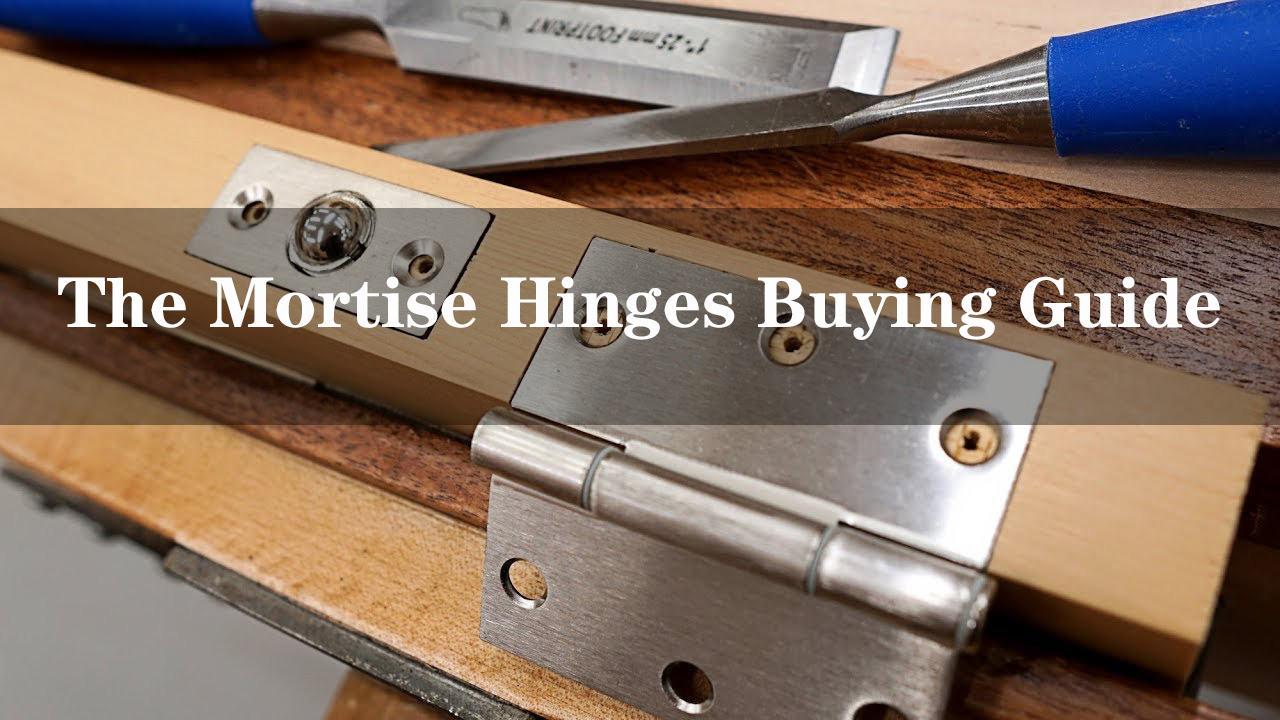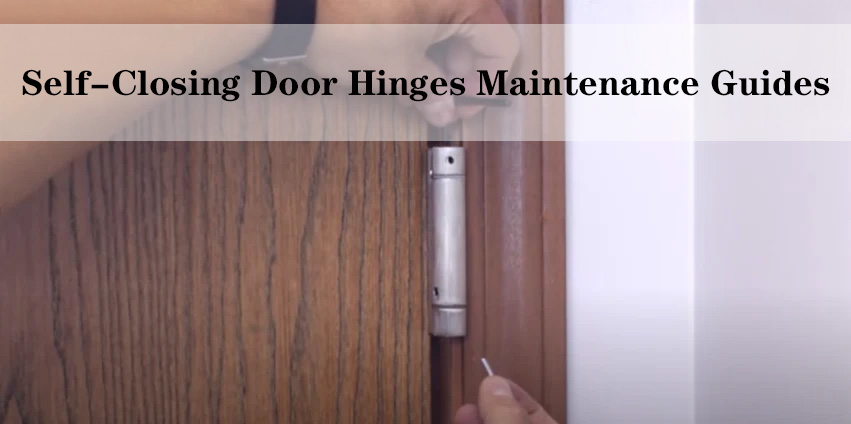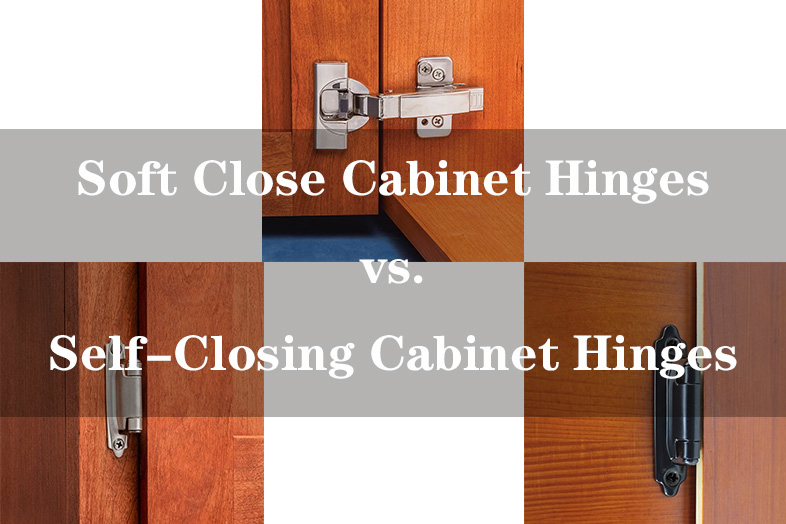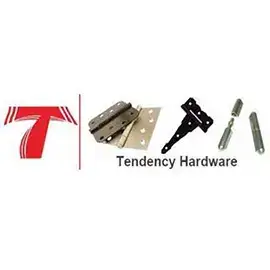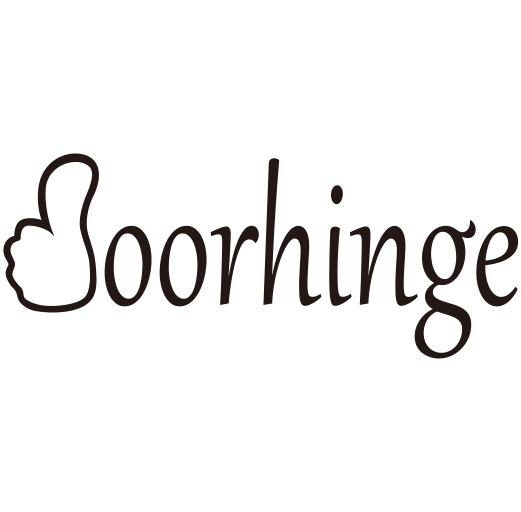Imagine your door as a performer on a stage, and the hinges as its nimble partners. Each hinge type brings its flair to the performance, orchestrating door movement in distinctive ways. Whether it’s a single smooth motion or a fluid two-way movement, your hinges determine the choreography that suits your space’s needs. In this blog post, we’ll unravel the captivating dance between single action and double action spring hinges, helping you understand their unique performances and decide which one takes the center stage for your doors.
Understanding Single Action Spring Hinges
At their core, single action spring hinges are designed to facilitate the automatic closing of doors after they’ve been opened. Think of that cafe entrance that effortlessly closes behind you, ensuring warmth stays in and the elements stay out. Single action spring hinges are your silent allies in creating seamless door closure experiences.
1. Key Features and Benefits
Unidirectional Closing: The defining characteristic of single action hinges is their one-way functionality. These hinges are best suited for doors that need to close in a single direction, whether for privacy, energy conservation, or security reasons.
Controlled Closure: One of the standout advantages of single action spring hinges is the ability to regulate the speed at which the door closes. This means no more abrupt door slams that disrupt the peace, as you can enjoy a gentle, controlled closure every time.
Quiet Operation: Thanks to their design, single action spring hinges operate quietly. This makes them an excellent choice for areas where noise reduction is essential, such as libraries, offices, or residential spaces.
2. Ideal Applications
Single action spring hinges find their home in various scenarios:
Commercial Spaces: In busy commercial settings, like stores or restaurants, these hinges ensure that doors swiftly close after customers enter or exit, maintaining a comfortable indoor environment.
Residential Entrances: For residential entrance doors, single action spring hinges provide an added layer of security. The self-closing mechanism helps prevent doors from being left open accidentally.
Privacy Zones: In areas that demand privacy, such as restrooms or changing rooms, these hinges prevent doors from accidentally remaining open, upholding the confidentiality of the space.
3. Installation and Maintenance
Proper installation and regular maintenance are key to maximizing the benefits of single action spring hinges:
Installation: Follow the manufacturer’s guidelines for proper tension adjustment based on your door’s weight. This ensures that the door closes effectively and without strain.
Maintenance: Regularly inspect the hinges for any signs of wear, and tighten any loose screws promptly. Lubricate the hinges occasionally to maintain smooth operation.
Understanding Double Action Spring Hinges
Imagine a hinge that not only allows a door to swing open but also enables it to return to the closed position on its own. That’s the essence of double action spring hinges. These hinges are specially designed to facilitate bidirectional door movement. They are commonly used in settings where doors need to swing open and closed effortlessly in both directions.
1. Features and Benefits
Bidirectional Movement: The standout feature of double action spring hinges is their ability to accommodate two-way door movement. This makes them ideal for locations with frequent foot traffic, such as restaurants, offices, and retail spaces.
Self-Closing Mechanism: One of the most significant advantages of double action hinges is their self-closing mechanism. After being opened, the door is gently guided back to the closed position. This is particularly useful in busy environments where ensuring that doors are properly closed can be challenging.
Return to Center: Double action hinges are equipped with a unique feature that ensures the door returns to the center position after each swing. This maintains the door’s alignment and prevents it from being left partially open.
Durability: These hinges are constructed with durability in mind. They are engineered to withstand the repeated stresses of bidirectional movement, making them a reliable choice for high-traffic areas.
Smooth Operation: Double action hinges are designed to provide smooth and controlled door movement. This contributes to a more seamless and comfortable experience for those using the door.
2. Ideal Applications
Double action spring hinges find applications in a variety of settings:
Restaurants: In bustling restaurants, where servers carry trays and customers come and go, double action hinges ensure doors swing open both ways, allowing for efficient movement.
Retail Stores: These hinges are perfect for stores with automatic entrances, ensuring doors return to their closed position swiftly after customers pass through.
Hospitals: In healthcare environments, where hands are often occupied, double action hinges make moving through doors hassle-free.
Public Buildings: Public buildings, including offices, libraries, and educational institutions, benefit from the convenience of doors that can be pushed open and that close behind.
3. Installation and Maintenance
Installing double action spring hinges requires attention to detail. Here’s a simplified process:
Choose the Right Hinge: Select hinges suitable for your door’s weight and size. Double action hinges come in various sizes and load capacities.
Mark the Hinge Locations: Mark the spots on the door and the door frame where the hinges will be installed.
Install the Hinges: Attach the hinges to the door and frame using the provided screws, following the manufacturer’s instructions.
Adjust the Tension: Many double action hinges allow you to adjust the tension to control the closing speed of the door.
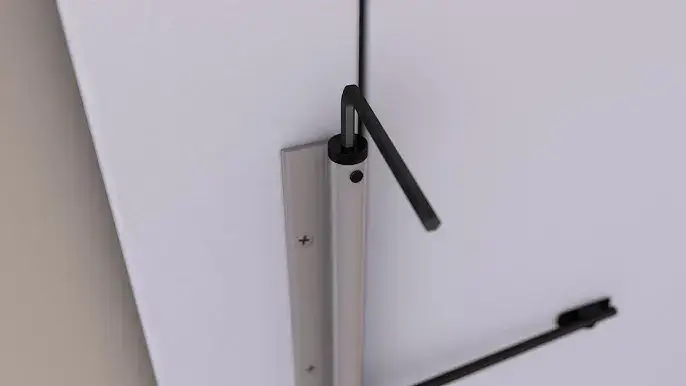
Maintenance: Regularly inspect the hinges for any signs of wear, and lubricate them to ensure smooth operation.
Conclusion
In the world of hinges, every door has a story to tell–a tale of movement, convenience, and style. Single action and double action spring hinges offer two distinct narratives, each with its charm. As you consider these hinge options, envision the dance you want your door to perform and select the partner that brings your vision to life. Whether it’s the elegant solo or the dynamic duo, the choice is yours to make, and the stage is set for doors that move with grace and purpose.
